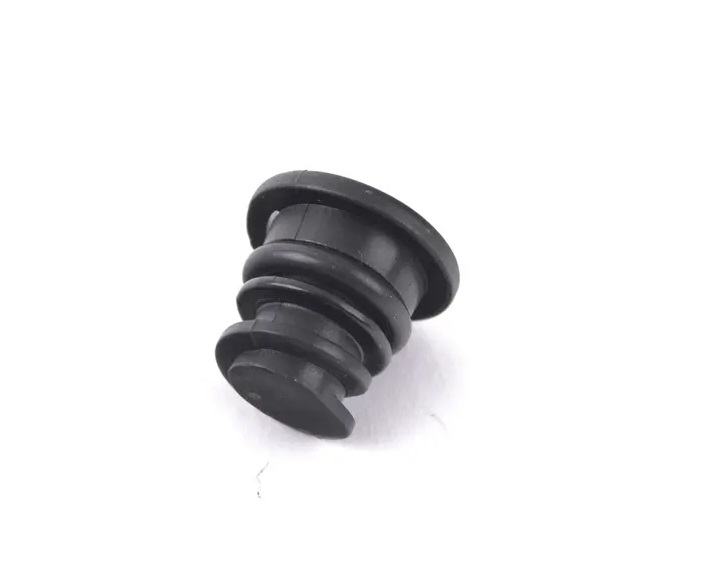Understanding the Importance of Oil Sump Drain Plug Maintenance for Engine Longevity
Understanding the Oil Sump Drain Plug Importance, Maintenance, and Replacement
The oil sump drain plug is a small yet crucial component of an engine's lubrication system. This seemingly insignificant piece of hardware plays a vital role in safeguarding the engine’s performance and longevity by allowing for the easy drainage of used oil, which is essential for routine maintenance. In this article, we will explore what an oil sump drain plug is, its importance, maintenance practices, and when to replace it.
What is an Oil Sump Drain Plug?
An oil sump drain plug is typically a threaded plug located at the lowest point of the oil pan or sump in an internal combustion engine. It is part of the oil lubrication system and is used to facilitate the draining of engine oil during regular maintenance. Most commonly made from metal, the drain plug is designed to create a tight seal to prevent oil leakage while the engine is running. It often comes with a washer that ensures a secure fit and minimizes the risk of oil leaks.
Importance of the Oil Sump Drain Plug
The drain plug serves several essential functions
1. Easy Oil Change By providing a convenient exit point for used oil, the drain plug allows mechanics and vehicle owners to easily replace old oil with new lubricants, which is critical for engine health.
2. Contaminant Removal Regularly changing the oil not only involves replacing the lubricant but also removing contaminants that accumulate over time. A properly functioning drain plug ensures that all old oil is effectively drained.
3. Preventing Oil Leaks The tight seal created by the drain plug helps to retain oil within the sump, preventing leaks that can lead to the engine running low on oil, which could cause severe damage.
4. Engine Longevity Regular maintenance facilitated by the drain plug contributes significantly to the overall longevity and performance of the engine, reducing the likelihood of catastrophic failures.
Maintenance Practices
To ensure the continued functionality of the oil sump drain plug, several maintenance practices should be adhered to
oil sump drain plug

- Regular Checks Regularly inspect the drain plug for signs of wear or damage. Look for leaks or any signs that oil may be seeping from around the plug.
- Proper Tightening During an oil change, ensure that the drain plug is tightened to the manufacturer’s specifications. Over-tightening can strip the threads or crack the oil pan, while under-tightening can lead to oil leaks.
- Replace the Washer Each time the drain plug is removed, it is advisable to replace the washer. This ensures a better seal and prevents leaks.
- Use Correct Tools Always use the appropriate socket and wrench to avoid damaging the drain plug during removal or installation.
When to Replace the Oil Sump Drain Plug
Despite regular maintenance, there are circumstances under which you may need to replace the oil sump drain plug
1. Thread Damage If the threads on the plug or the oil pan are stripped or damaged, it may no longer create a proper seal.
2. Corrosion Over time, the metal of the drain plug can corrode, especially if vehicle maintenance has been neglected. A corroded plug should be replaced to prevent oil leaks.
3. Cracks or Breakage Physical damage due to excessive force during removal or an impact from debris can compromise the integrity of the drain plug, necessitating immediate replacement.
4. Oil Leaks Persistent leaks around the drain plug, even after tightening, suggest that replacement is required to prevent further oil loss.
Conclusion
The oil sump drain plug might seem trivial in the vast machinery of an engine, but its significance cannot be overstated. As the gateway for oil changes, it plays a major role in maintaining engine health, preventing leaks, and ensuring vehicle longevity. Routine maintenance, regular checks, and timely replacement of this important component are key to the ultimate care of any engine. By understanding the function and importance of the oil sump drain plug, vehicle owners can take proactive measures to safeguard their engines and enhance performance. Remember, a small investment in maintenance today can save you from significant repairs down the line.
-
Simplifying Oil Changes: A Comprehensive Guide to Oil Drain Plugs and Their Variants
News Aug.04,2025
-
Mastering Oil Drain Maintenance: Solutions for Stripped, Worn, and Upgraded Oil Plugs
News Aug.04,2025
-
Fixing Oil Pan Plug Issues: Leaks, Stripped Nuts, and the Right Replacement Solutions
News Aug.04,2025
-
Everything You Need to Know About Oil Drain Plugs: Sizes, Fixes, and Upgrades
News Aug.04,2025
-
Choosing the Right Oil Drain Plug: A Guide to Sizes, Materials, and Drain Innovations
News Aug.04,2025
-
A Complete Guide to Automotive Drain Plugs: Types, Problems, and Innovative Solutions
News Aug.04,2025
-
The Ultimate Guide to Car Repair Kits: Tools and Essentials Every Driver Should Own
News Aug.01,2025
Products categories















